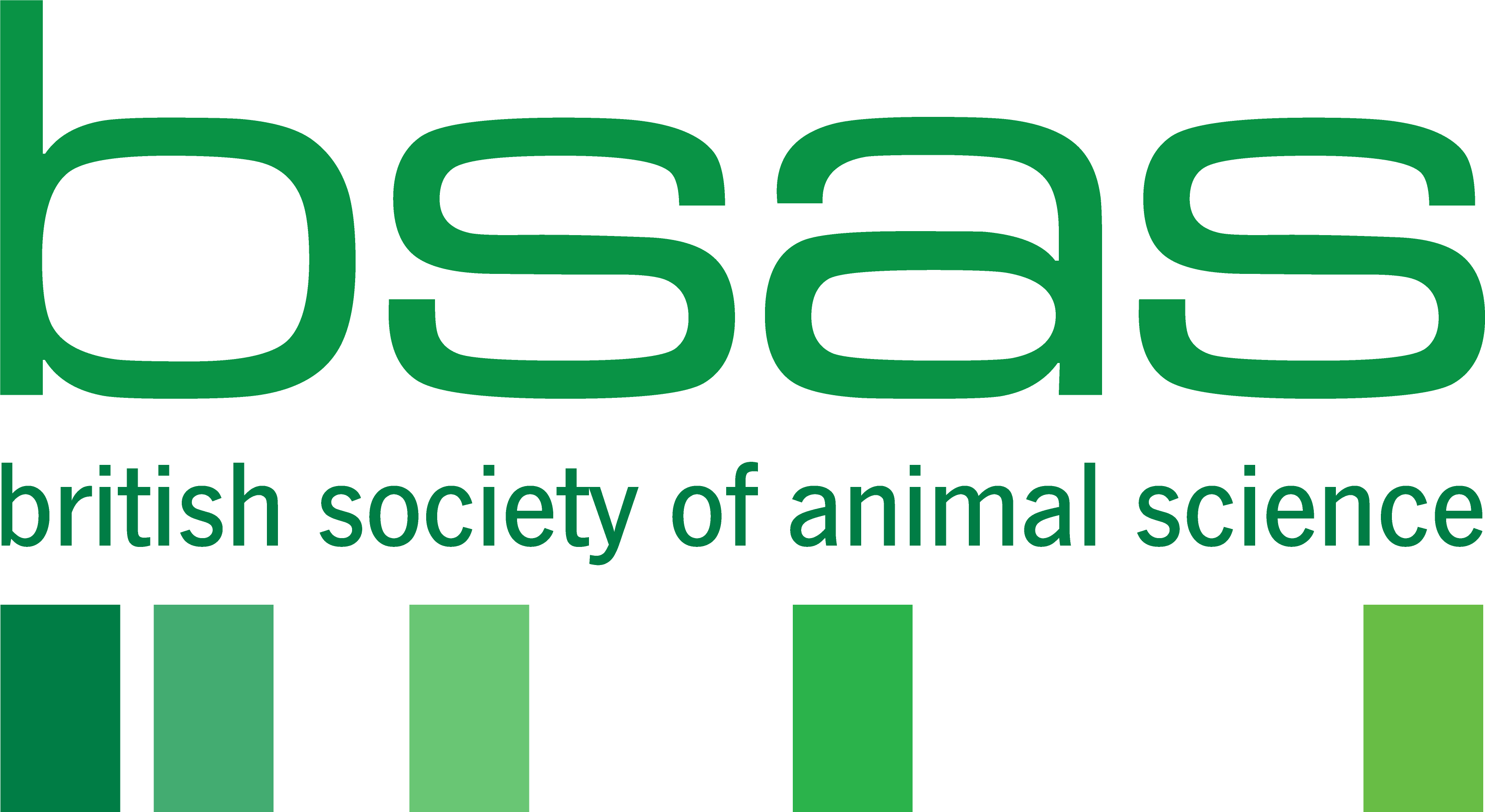Effect of selenohomolanthionine supplementation level on growth performance, oxidative status, and selenium deposition in broilers under thermoneutral and heat stress conditions
Written by Sarah Clarke and summarised by Oliver Ashton
Take home message:
Heat stress in poultry is an important management issue for animal health, performance, and meat quality. Supplementation of selenium using selenohomolanthionine had no effect on performance. Supplementation increased antioxidant levels in the liver and kidney, but not breast meat, however the analysis had limited power. Selenohomolanthionine increased Se reserves under heat stress.
Main text:
Due to the lack of sweat glands, poultry are prone to heat stress, causing an increase in free radicals. Free radicals cause damage to cells and molecules such as proteins and cause lipid peroxidation, reducing meat quality and shelf life. Antioxidants stabilise free radicals and the antioxidant: free radical ratio is referred to as the oxidative status. The effect of Selenium (Se) on performance is unclear, however its ability to increase antioxidant capacity through its role as a co-factor for multiple antioxidant enzymes such as glutathione peroxidase (GSH-Px) are widely accepted. The recommended level of dietary Se is 0.3ppm, but higher levels of dietary Se may provide additional antioxidant capacity and has rarely been investigated under heat stress conditions. Compared to inorganic sources, organic sources of Se are less toxic, more environmentally acceptable and support the deposition of Se, an important reserve during heat stress when demand for Se increases as feed intake decreases. Selenohomolanthionine (SeHLan) is an organic source of Se synthesized by Torula yeast. This study aimed to evaluate the effect of SeHLan on the performance, oxidative status, and selenium deposition in broilers, with and without heat stress.
In this study three-hundred and twenty 1-day old Ross 308 male chicks were placed in 64 metabolism crates on eight treatments for 35 days. Two levels of temperature (thermoneutral and heat stress) and four levels of SeHLan (0.0, 0.3, 0.6, 1.0ppm) formed a 4*2 design. Starter diets were fed from 1-14 days and finisher diets from 15-35 days. The heat stress group was maintained identical to the thermoneutral group up to day 21, when the temperature was increased hourly up to 32oc. When 32oc was reached the temperature was reduced hourly and maintained at 24oc (40c higher than thermoneutral) to the end. Relative humidity was maintained at 70-80%. Two birds per treatment were euthanised at day 35, with breast muscle, kidney and liver samples collected. Tissues samples were analysed for GSH-Px and superoxide dismutase (SOD) by commercial kits. Breast muscle Se content was determined by ICP-MS.
Analysed levels of selenium for the 0.0, 0.3, 0.6 and 1.0 ppm supplementation diets were 0.39, 0.67, 0.98 and 1.66 for the starter diet and 0.58, 1.01, 1.32 and 1.85 for the finisher diets respectively, therefore the control diet exceeded published requirements, likely reducing effects of supplementation. From day 0-21 feed intake was 4.2% lower in the 1.0ppm SeHLan group compared to the 0.0 and 0.3ppm groups (65.8 vs 68.7&68.7±1.01g/day, p=0.015). Overall, from day 0-35 there were no effects of SeHLan or interactions with temperature, whereas heat stress reduced growth rate (63.7 vs 69.5±0.067g/day, p<0.001) and feed intake (104.3 vs 113.8±1.16g/day, p<0.001).
It should be noted that only two birds per treatment were included in the biochemical analysis. Kidney GSH-Px levels were increased by 1.0ppm and 0.6ppm SeHLan relative to 0.0ppm (76.4&65.3 vs 41.85±4.82nmol/mg protein, p<0.001). Liver SOD levels were also increased by SeHLan supplementation at 0.3ppm and 0.6ppm relative to 0.0ppm (35.1&34.3 vs 23.4±3.14U/mg protein, p=0.05). These effects may suggest an improved oxidative status and potentially an improved meat quality although antioxidant levels were not increased in breast meat. There was no effect of SeHLan on breast muscle Se content in thermoneutral conditions, however, under heat stress SeHLan linearly increased Se content at (0.77, 1.50, 2.45, 3.22±0.500 (units not stated), p=0.029), increasing available reserves.
Future studies should aim for a basal diet with minimal Se and a biochemical measure of heat stress with increased replicates to aid the interpretation of results.
Sarah Details/Comments:
This study was undertaken by Sarah Clarke during her Animal Science BSc at the University of Nottingham. Sarah stated “I would like to thank Tori Charlton for supervising and providing feedback on the project. Thank you to Dr Cormac O’Shea, for sharing this data and for all the support and time you’ve given. Thanks also to the Poultry Research Foundation staff for their contribution during the original trial in 2015. I’m very grateful to God for the privilege of an education and how he has sustained me throughout my time at the University of Nottingham.”
Oliver Ashton, Queen’s University Belfast PhD Student
Oliver is a member of the BSAS Early Career Council and is in the final year of his PhD in collaboration with Devenish Nutrition at Queen’s University Belfast, where he is studying the development of novel immunomodulatory ingredients for piglet feed.
